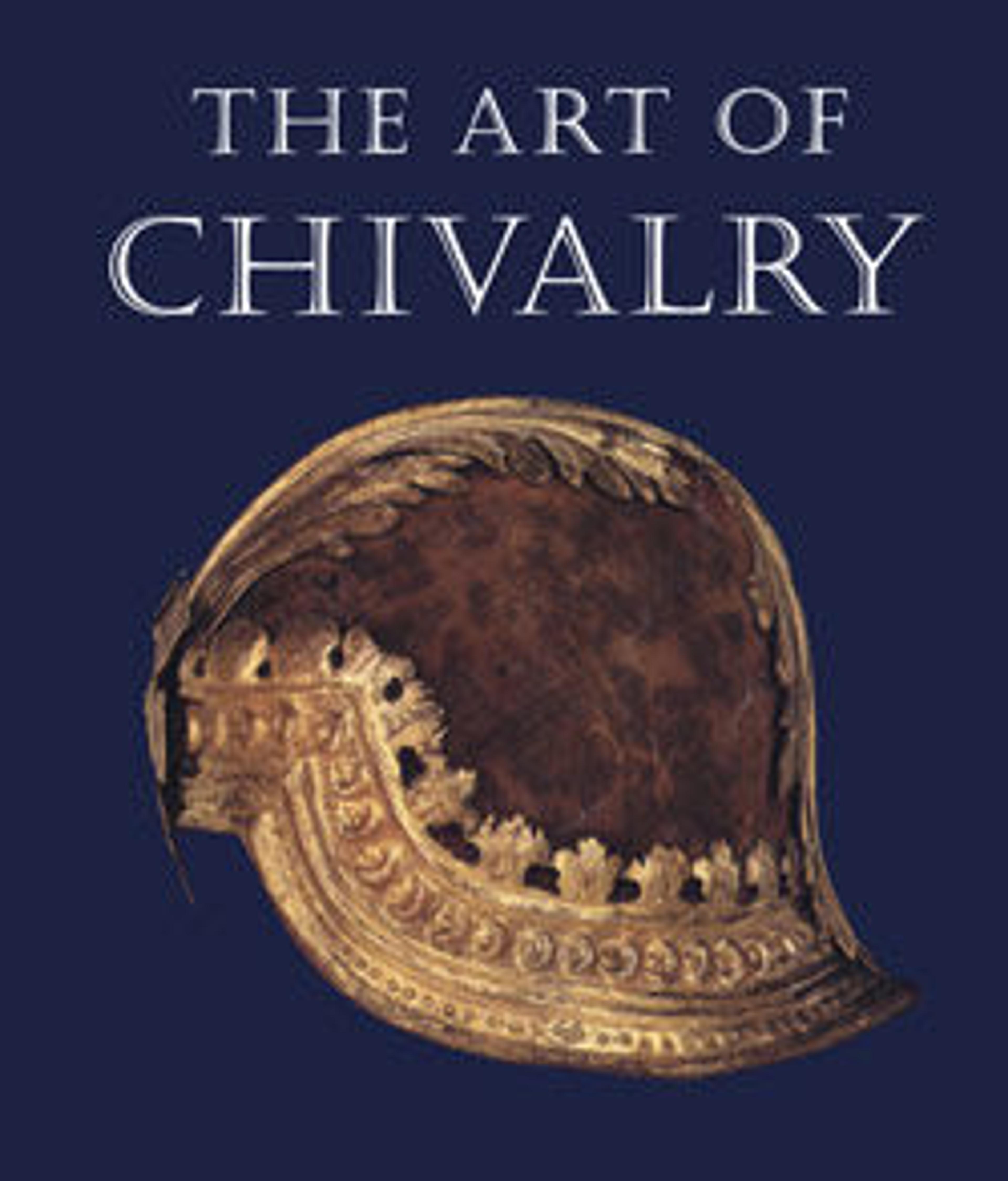Wheellock Rifle
The octagonal barrel is rifled with eight grooves and is decorated on the breech with incised arabesques. The barrel is provided with a frontsight and three-leaf rear sight. It bears these marks: P D, both letters surmounted by a serpent (similar to Støckel 4251), the initials of Peter Danner; the control mark of the city of Nuremberg (similar to Støckel 1582), struck twice, surmounted by a cartouche with the letter N and figure 94 for the year 1594; the incised monogram V E (VF or VI ?), probably that of the owner; and a trumpet in a shield (similar to Støckel 5966), the mark of a late seventeenth-century gunmaker who carried out a repair.
The lock has a spring-closed pan cover with button release. The plate, the domed wheel cover, the cock, and the pan cover are finely engraved, mostly with floral motifs, and partly gilt. On the lock plate are a lockmaker's mark, C S over scissors (Støckel 2303), and the Nuremberg control mark (similar to Støckel 1592–1595).
The massive straight butt of typical German form, with a sloping plane on the left side, was pressed against the cheek when aiming and firing. The butt plate is reinforced with a brass knob to protect it when the gun was put on the ground. The steel trigger guard is chiseled, blued, and gilt. This is a type of good-quality gun widely used in central Europe for hunting and target shooting, with a rear sight for three different distances and a set trigger for a very light pull.
The stock is decorated with carved and engraved inlays of ivory and mother-of-peal displaying figures of animals, fantastic and grotesque figures, Venus with a dove, scrolls, putti, and soldiers. Arms decorators often relied on contemporary prints or albums of designs compiled by professional ornamentalists for inspiration, and in this instance the stock decorator chose, among other sources, a popular series of engravings issued in 1587 by Jacob de Gheyn (after drawings by Hendrick Goltzius) showing various types of infantry soldiers in costumes with deeply pointed peascod breasts that were popular in the last third of the sixteenth century.
The lock has a spring-closed pan cover with button release. The plate, the domed wheel cover, the cock, and the pan cover are finely engraved, mostly with floral motifs, and partly gilt. On the lock plate are a lockmaker's mark, C S over scissors (Støckel 2303), and the Nuremberg control mark (similar to Støckel 1592–1595).
The massive straight butt of typical German form, with a sloping plane on the left side, was pressed against the cheek when aiming and firing. The butt plate is reinforced with a brass knob to protect it when the gun was put on the ground. The steel trigger guard is chiseled, blued, and gilt. This is a type of good-quality gun widely used in central Europe for hunting and target shooting, with a rear sight for three different distances and a set trigger for a very light pull.
The stock is decorated with carved and engraved inlays of ivory and mother-of-peal displaying figures of animals, fantastic and grotesque figures, Venus with a dove, scrolls, putti, and soldiers. Arms decorators often relied on contemporary prints or albums of designs compiled by professional ornamentalists for inspiration, and in this instance the stock decorator chose, among other sources, a popular series of engravings issued in 1587 by Jacob de Gheyn (after drawings by Hendrick Goltzius) showing various types of infantry soldiers in costumes with deeply pointed peascod breasts that were popular in the last third of the sixteenth century.
Artwork Details
- Title:Wheellock Rifle
- Gunsmith:Peter Danner (German, Nuremberg, ca. 1580–1602)
- Date:dated 1594
- Geography:Nuremberg
- Culture:German, Nuremberg
- Medium:Steel, wood (walnut), brass, gold, ivory, mother-of-pearl
- Dimensions:L. 45 3/4 in. (116.2 cm); L. of barrel 34 11/16 in. (88.1 cm); Cal. .53 in. (13.5 mm); Wt. 8 lb. 11 oz. (3941 g)
- Classification:Firearms-Guns-Wheellock
- Credit Line:Rogers Fund, 1904
- Object Number:04.3.165
- Curatorial Department: Arms and Armor
More Artwork
Research Resources
The Met provides unparalleled resources for research and welcomes an international community of students and scholars. The Met's Open Access API is where creators and researchers can connect to the The Met collection. Open Access data and public domain images are available for unrestricted commercial and noncommercial use without permission or fee.
To request images under copyright and other restrictions, please use this Image Request form.
Feedback
We continue to research and examine historical and cultural context for objects in The Met collection. If you have comments or questions about this object record, please contact us using the form below. The Museum looks forward to receiving your comments.
